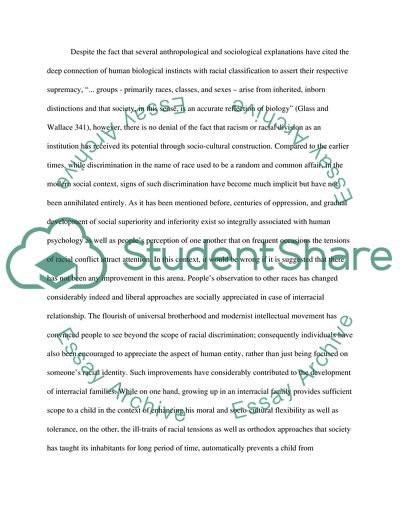Cite this document
(“Growing up in an Interracial Family Research Paper”, n.d.)
Growing up in an Interracial Family Research Paper. Retrieved from https://studentshare.org/social-science/1739758-growing-up-in-an-inter-racial-family
Growing up in an Interracial Family Research Paper. Retrieved from https://studentshare.org/social-science/1739758-growing-up-in-an-inter-racial-family
(Growing up in an Interracial Family Research Paper)
Growing up in an Interracial Family Research Paper. https://studentshare.org/social-science/1739758-growing-up-in-an-inter-racial-family.
Growing up in an Interracial Family Research Paper. https://studentshare.org/social-science/1739758-growing-up-in-an-inter-racial-family.
“Growing up in an Interracial Family Research Paper”, n.d. https://studentshare.org/social-science/1739758-growing-up-in-an-inter-racial-family.


